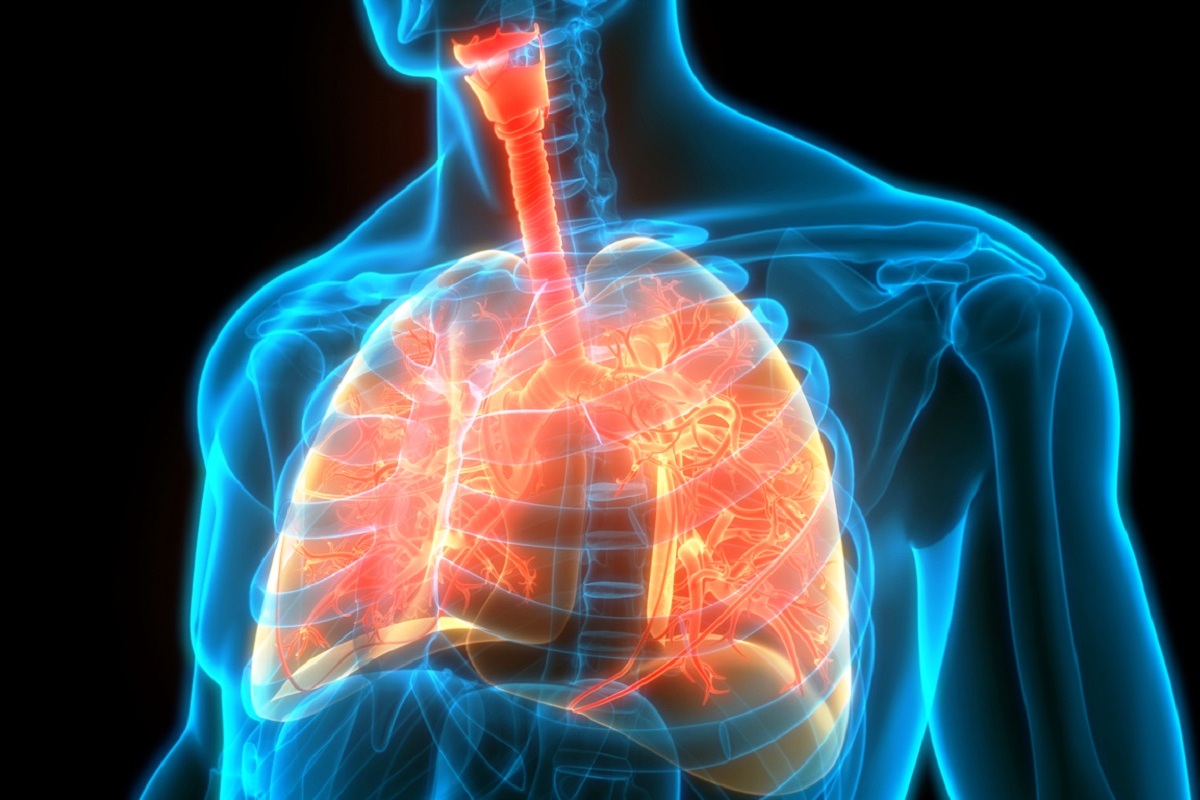No reason to worry: Nadda on HMPV virus
Amid detection of two cases of Human Metapneumovirus (HMPV) from Karnataka, Union Health Minister J P Nadda on Monday categorically said it is not a new virus and there is no reason to worry.
Lung cancer, long known to affect smokers, is seeing a significant rise in people who do not smoke, said doctors on Monday, raising concern over the shift.

(Representational Image: iStock)
Lung cancer, long known to affect smokers, is seeing a significant rise in people who do not smoke, said doctors on Monday, raising concern over the shift.
According to health experts, increased exposure to air pollution as the major reason.
Advertisement
A recent research, published in the Lancet’s eClinical Medicine Journal showed that a majority of lung cancer patients in India are non-smokers. The study noted that lung cancer cases are also manifesting in India about 10 years earlier as compared to Western countries.
Advertisement
“India’s lung cancer demographic presents a unique and concerning picture, with a rising incidence among younger individuals and an increasing number of cases occurring in non-smokers. Traditionally, lung cancer has been strongly associated with smoking, but we are witnessing a shift, especially in urban populations,” Dr. Prasad Adusumilli, Thoracic Surgeon and Cellular Therapist, Memorial Sloan Kettering Cancer Center (MSK), US, told IANS.
Adusumilli added that non-smokers, particularly women, are increasingly diagnosed with lung cancer around 10 years earlier than their Western counterparts, often with no history of smoking.
“This may be linked to various risk factors, including exposure to environmental pollutants, genetic predisposition, and lifestyle factors,” he explained.
Lung cancer is also the leading cause of cancer-related deaths globally, with increasing cases among non-smokers, especially women and Asian populations.
India reports about 75,000 new cases every year. Worryingly, a considerable number of lung cancer patients are diagnosed at advanced stages in the country.
“Non-smoker lung cancer (LCINS) mainly presents as adenocarcinoma, affecting peripheral lung tissues. Key risk factors include air pollution, radon exposure, indoor cooking fumes, and second-hand smoke,” Dr. Jagadishwar Goud Gajagowni, an oncologist at a Hyderabad-based hospital.
“Environmental pollutants like fine particulate matter (PM2.5) in urban areas and radon in homes significantly contribute to risk. Poor indoor air quality from cooking with solid fuels in poorly ventilated spaces also poses a danger, especially in developing regions. Passive smoking further elevates risks, particularly in areas with high smoking rates among men, the doctor noted.
In terms of treatment, there have been significant advancements in lung cancer therapies. Minimally invasive surgical approaches and radiation therapies are offering patients a less invasive, more targeted approach, resulting in reduced recovery times and fewer side effects.
Further, “the development of targeted therapies has revolutionised the treatment landscape, offering more personalised and effective options for patients based on the molecular profile of their tumours,” Adusumilli said.
Advertisement